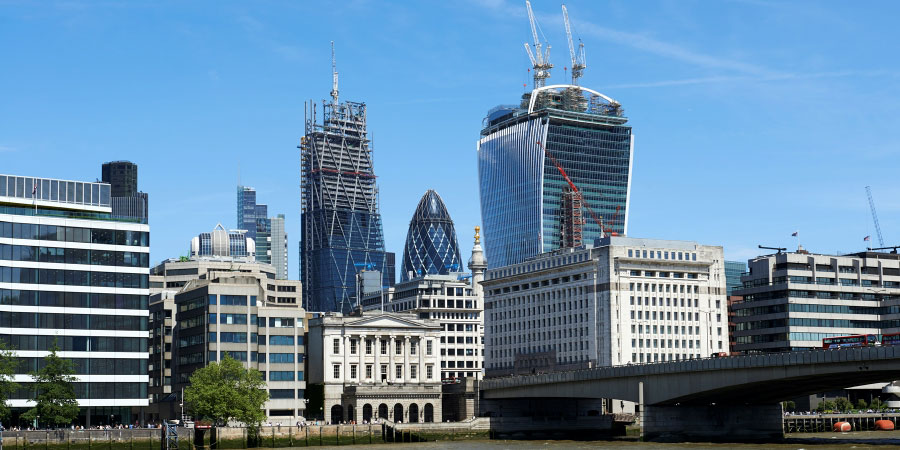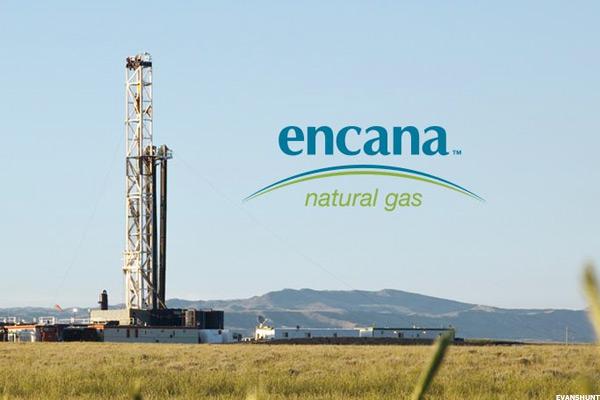An optimistic outlook for European stocks
by Richard Nield, Senior Portfolio Manager, Invesco Ltd., Invesco Canada
Viewed through our Earnings, Quality and Valuation (EQV) lens, the Invesco International and Global Growth team remains optimistic on European equities given the region’s strong fundamentals. Since the second quarter, this trend has been consistent, and although some key metrics (such as retail sales) fell in both July and August, consumer confidence reached its highest level since April 2001, and the European Commission’s Economic Sentiment Indicator is now at its highest level since July 2007.1 This implies that gross domestic product growth in Europe could accelerate toward 3% in the near future.
This outlook has translated into appreciation for the euro, which is up more than 12% this year compared with the U.S. dollar.2 So far, this has not negatively impacted the outlook for European exports, which we see as another sign this recovery might have more legs to it than the head fakes we have typically experienced.
Inflation on the horizon?
Since the global financial crisis, the eurozone has been stuck in a low inflation environment. Producers have had little, if any, pricing power because of too much capacity in the market. However, this recovery is beginning to soak up some of the excess capacity, with work backlogs rising to highs last seen in February 2011.3 In addition, supplier delivery times are showing the highest delays in six and a half years. If this capacity trend continues, pricing power could return quickly. We believe this would be a catalyst for companies to invest again and would lead to a more solid foundation for growth.
Concerns for Spain and the UK
While countries such as Germany, Italy and France are showing healthy indicators of strength, there are a couple of spots that are grappling with controversy – both old and new. The recent referendum vote by Catalonia to secede from Spain (and the resulting civil upheaval) is likely to lead to a slowdown of growth and act as a drag on equity performance, in our view. Catalonia is a wealthy region, so secession is not something the government in Madrid will allow without a fight.
Our large-cap exposure in Spain is limited to one company: Amadeus Group, the global IT solutions and distribution service provider to the travel industry (0.92% weight in Invesco International Growth Fund, 0.92% weight in Invesco International Growth Class and 1.19% weight in Invesco Global Growth Class, as at Sept. 30, 2017). Talk of secession should not impact any of the fundamentals of this company, in our view, because they are already based in Madrid (avoiding any relocation costs). Second, the majority of company revenue is recurring due to the use of long-term contracts and, third, Spain is a small fraction of the company’s total business.
Turning to the U.K., it has been mired in turmoil since the Brexit vote of 2016. However, with the government now taking a softer approach to negotiations, the pound has rallied from its lows, and indicators such as inflation and retail sales are finally inching up. We will continue to monitor how ongoing negotiations impact equity market fundamentals.
Europe’s valuation discount is narrowing
Valuations in Europe have been re-rated to account for positive earnings revisions, and the discount to the U.S. market has narrowed over the past year. When we compare the MSCI Europe Index to the S&P 500 Index, both the blended price-to-earnings (P/E) ratio and the ratio of enterprise value-to-EBITDA (earnings before interest, taxes, depreciation and amortization) are at a 15% discount.
Measured by the P/E-to-expected-growth ratio, both markets are in line at around 1.6x.4 But consider that European companies still have margins far below 2008 levels, while U.S. margins are at a peak.5 Given this and recent macro trends, we believe that earnings growth expectations in Europe are too low.
An EQV story: ING Group6
We recently initiated a position in ING Group, the Dutch bank that is a play on digital banking (0.77% weight in Invesco International Growth Fund, 0.77% weight in Invesco International Growth Class, 0.78% weight in Invesco European Growth Class, 0.76%, weight in Invesco Premier Growth Fund and 0.43% weight in Invesco Canadian Balanced Fund, as at Sept. 30, 2017). This institution ticks a lot of our EQV boxes.
E for earnings. We believe net interest margins have bottomed and a shift in mix toward fee-/commission-based business will continue to evolve. This is margin accretive. We also expect overall loan growth of 3% to 4% per year (above European peers). By region, most growth will come from Germany and the “Challenger” markets. These currently generate a combined 25% of revenue, and ING is taking market share with, in our opinion, a very competitive user offering. This experience gives ING a head start over other banks that are now investing heavily in digital to counter the slowdown in brick and mortar business.
Q for quality. ING’s return on equity (ROE) is already solid at 10.8%. While this figure is higher than its peers’ ROE, ING used to generate more than 20% pre-crisis when interest rates were much higher and capital requirements much lower. Given the current performance, we believe ING can continue to grow ROE even if rates stay low, for these reasons:
- ING has a strong capital position with a core Tier 1 ratio of 14.5%.
- The bank’s dividend payout ratio is sufficiently low for future dividend increases.
- ING is also one of the lowest-cost banks in Europe.
V for valuation. This is attractive, with ING trading at just under 10 times its 2018 P/E ratio and a book value of 1.05x along with an expected 5% dividend yield. In short, the bank is well-positioned with a small physical branch footprint (while others are downsizing), and is ahead on digital, grabbing market share in non-domestic growth markets by rolling out banking products that appeal to consumers.
Key takeaway
By adding some new companies and adjusting the weights of others, we are confirming that the team continues to see positive earnings revisions in defensive cyclical names with high-quality characteristics.
In short, we remain optimistic on European large caps but less positive on valuations. The macro outlook looks favorable, so our sense is this economic cycle has some legs.
*****
Learn more about Invesco International Growth Fund.
Important information
Price-to-earnings ratio measures a stock’s valuation by dividing its share price by its earnings per share.
Return on equity (ROE) is a measure of profitability, calculated as net income as a percentage of shareholders’ equity.
Enterprise value is the theoretical takeover value of a company. It is calculated by summing the market capitalization, total debt, preferred stock and any minority interest and subtracting cash.
The Economic Sentiment Indicator (ESI) is a composite indicator made up of five sectoral confidence indicators with different weights: industrial confidence indicator, services confidence indicator, consumer confidence indicator, construction confidence indicator and the retail trade confidence indicator.
“Challenger” markets are defined by ING as Germany, Austria, Spain, Italy, France and Australia. These are markets where ING seeks to strengthen its overall market position.
The MSCI Europe Index is an unmanaged index considered representative of European stocks. The index is computed using the net return, which withholds applicable taxes for non-resident investors.
In general, stock values fluctuate, sometimes widely, in response to activities specific to the company as well as general market, economic and political conditions.
Many countries in the European Union are susceptible to high economic risks associated with high levels of debt, notably due to investments in sovereign debts of European countries such as Greece, Italy and Spain.
Derivatives may be more volatile and less liquid than traditional investments and are subject to market, interest rate, credit, leverage, counterparty and management risks. An investment in a derivative could lose more than the cash amount invested.
The risks of investing in securities of foreign issuers, including emerging market issuers, can include fluctuations in foreign currencies, political and economic instability, and foreign taxation issues.
Growth stocks tend to be more sensitive to changes in their earnings and can be more volatile.
Stocks of medium-sized companies tend to be more vulnerable to adverse developments, may be more volatile, and may be illiquid or restricted as to resale.
The fund is subject to certain other risks. Please see the current prospectus for more information regarding the risks associated with an investment in the fund.
This post was originally published at Invesco Canada Blog
Copyright © Invesco Canada Blog















